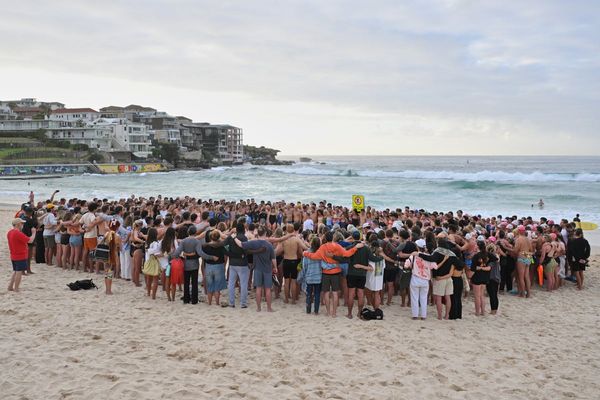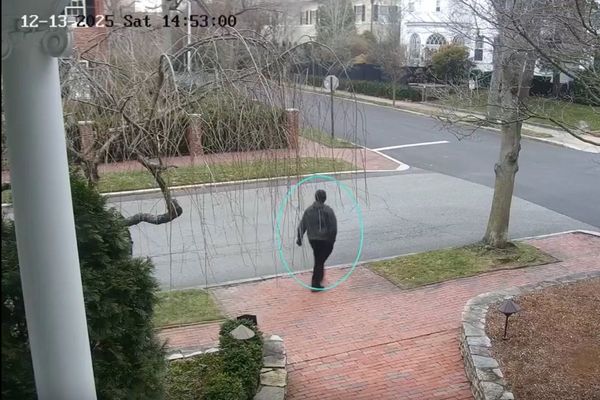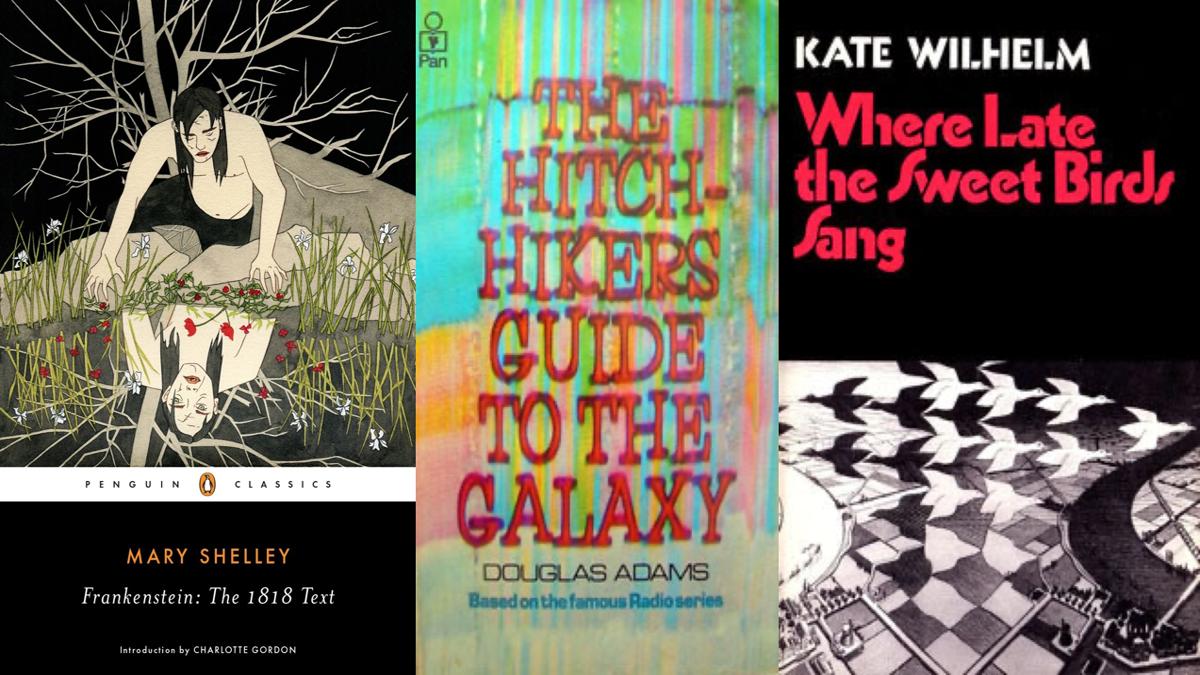
When it comes to classic literature, the classics can be hit or miss. Sometimes a “classic” is groundbreaking novel that truly stands the test of time, other times it’s a book that reads like something you Sparknotes’d your way through in high school English. While not every novel hailed as “great” is actually so, these time tested sci-fi novels are certified bangers even in the modern era – and will stay that way for decades to come. These are the 10 best classic sci-fi books that still hold up.
Brave New World

Aldous Huxley modified the meaning of “dystopia” when he wrote Brave New World. When you think of the term, I’m sure your mind jumps to an Orwellian police state or a Handmaid’s Tale style theocracy. Brave New World‘s London is none of these things – it’s an on paper paradise… for some. Society has advanced to a point where genetic engineering has been perfected, and human beings are created to fulfill social roles. The select few that rule society are free to enjoy a life of pleasure, made all the more euphoric by the mood stabilizing drugs that they take on the daily. Menial labor meanwhile is performed by people who are mentally engineered to do so – simpleminded humans who can’t conceptualize of a live beyond picking up garbage or operating an elevator. While society is free from violence and want, Brave New World is an example of how toxic ideologies pertaining to eugenics and social stratification can create dystopia without a single bullet being fired – a dystopia upheld by the opiate of simple pleasures.
The Parable of The Sower

Octavia Butler’s The Parable of The Sower is part climate apocalypse prediction and part spiritual treatise. The novel takes place in the near future, where catastrophic climate change combined with the collapse of the American economy has made life difficult for teenager Lauren Olamina. After a rising tide of social violence causes her to flee from home, she begins to lay the foundations of a new belief system while living life on the road. Spurred on by her uncanny ability to experience the emotional states of others, she creates a spiritual philosophy called “Earthseed” – centered on the mantra is “God is Change.” A philosophically rich novel about accepting life’s blows as they come, The Parable of The Sower is a powerful exploration of the idea that nothing lasts forever – and how that can be a good thing.
War of The Worlds

When H.G. Wells first had War of The Worlds performed as a radio play in 1938, people freaked out. The harrowing tale of Martian invasion felt so real that phone lines were flooded by terrified callers who believed that alien doom was at their doorstep. Overreaction much? A cursory read of the novel’s first paragraph says otherwise: “yet across the gulf of space, minds that are to our minds as ours are to those of
the beasts that perish, intellects vast and cool and unsympathetic, regarded this earth with envious eyes, and slowly and surely drew their plans against us.” Terrifying. Despite being over 100 years old, H.G. Wells’ tale of extraterrestrial apocalypse remains as eerie as ever.
The Dragonriders of Pern

When Ann McCaffrey penned the first Dragonriders of Pern novel in the late 60’s, I wonder if she knew that she was laying the foundations of a genre classic? On paper, the concept is a bit of a mess: distant planet of post-humans use genetically engineered dragons to fight off a flesh-eating fungus that falls from the sky. Once printed, the result was solid sci-fi/fantasy gold. Spanning 24 novels and 2 short story collections, McCaffrey’s epic spans thousands of years of far-future history, weaving a modern day mythology that has inspired countless current stories about riding fire-breathing lizards. The whole telepathic bond between a dragon-rider and their mount trope? McCaffrey basically originated it.
The Hitchhiker’s Guide to The Galaxy
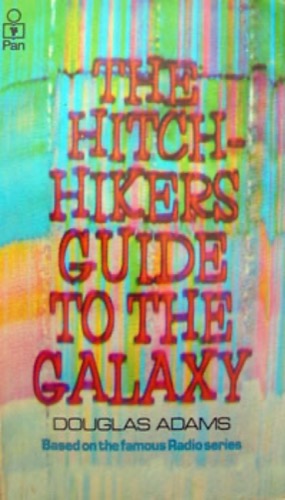
While many science fiction novels are bogged down by ponderous tone and pretentious musings, Douglass Adam’s The Hitchhiker’s Guide to The Galaxy breathed joy into the genre. It’s the story of Arthur Dent, a run-of-the-mill Englishman who was cosmically displaced when a group of alien bureaucrats blew up the Earth to make a hyperspace highway. Helplessly flung across the stars, Dent discovers the seemingly cold and dead void is populated by all manner of oddities. Paranoid androids, inter-atmosphere interior designers, and a the man voted “Worst Dressed Being In The Known Universe” seven times all have a place in the meaningless, ridiculous, and oddly beautiful galaxy. When a cosmic supercomputer calculates that the meaning of life is “42” with no other explanation, you’ve gotta make meaning of your own – a lesson that anyone can appreciate.
Where Late the Sweet Birds Sang

Kate Wilhelm’s 1976 novel Where Late the Sweet Birds Sing is the story of an isolated community attempting to survive after total global collapse. Pollution, radiation, disease and plague have laid Earth on its face, and a group of small-town scientists are attempting to better humanity’s predicament with a little help from some clones. While the human clones appear to be a perfect solution to the dwindling population at first, a sudden emergence of differing personalities in the seemingly homogenous group causes an unexpected snag. The clones want to reshape society into one that reproduces by cloning, and since they now outnumber their non-clone originators, the clones will have their way. It’s a fascinating look at post-human evolution, one where Earth’s dominate species has given up their individuality in favor of a collectivist whole. This novel is about more than bird tweets, it’s the swan song of human existence – and the rise of a new society that seeks salvation in conformity.
Slaughterhouse Five

Kurt Vonnegut was compelled to write Slaughterhouse Five after he witnessed the firebombing of the German city of Dresden while held there as a POW during World War II. Vonnegut and four other men survived while imprisoned in a slaughterhouse, while up to 25,000 people (mostly civilians) lost their lives to the Allied bombardment. Vonnegut’s novel is a meditation on the meaninglessness of war, centered around a young soldier named Billy who is abducted by Tralfamadorians – aliens able to perceive existence in four dimensions. Simultaneously aware of the present, past, and future all at once, the Tralfamadorians have a fatalistic view of life, represented by their apathetic mantra in response to tragedy: “and so it goes.” While the book seems initially depressing (and it is) the Tralfamadorian philosophy is hopeful as well – death is the end of life, but it’s really not that big of a deal.
Neuromancer
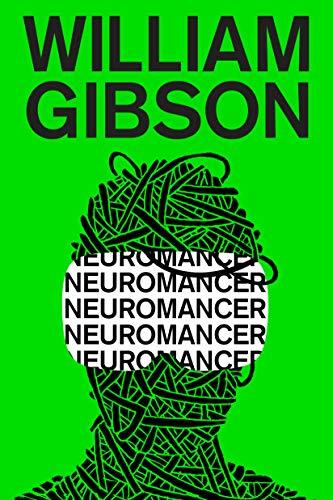
Ever wonder where cyberpunk came from? William Gibson practically invented it whole cloth. High tech body modifications on the black market? Hackers diving into a digital matrix of interconnected computers? A world ruled by competing super-corporations where the little guy copes with computer simulations of a better life? All of that, and more, were codified by Gibson is his novel Neuromancer. How is it relevant in the modern era? Cyberpunk Edgerunners literally takes place in a William Gibson world – a place called Night City, whose streets look nearly identical to the identically named Night City in that appears within the original novel’s pages.
Frankenstein
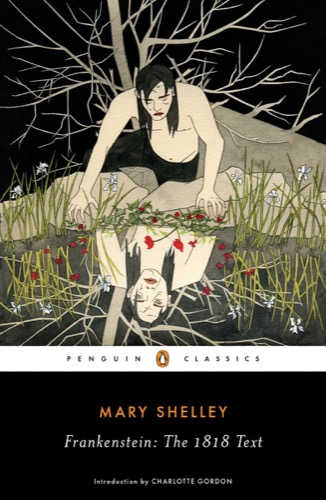
To call Mary Shelly’s Frankenstein a sci-fi classic is an understatement – it’s the foundation of the genre. Hailed as the first ever science fiction novel, Mary Shelley’s tale about a mad scientist and his corpse creation is as classic as it gets. While Old Hollywood popularized Frankenstein’s monster as groaning, green menace, Mary Shelly’s version of the undead abomination is far more complex. He’s a thinker, a philosophizer, a man looking to find some meaning in the seemingly accidental circumstances of his existence. Frankenstein is one of the earliest mediations on man’s quest to understand his place in the universe, which is super difficult when your father created you out of dead body parts in an ill-thought out effort to play God. Such an existence could turn anyone into a monster. Shelly’s thesis? Find a reason to live, lest your life be twisted by despair – good advice for the modern day.
The Left Hand of Darkness

Ursula K. Le Guin’s The Left Hand of Darkness is the story of galactic ambassador’s attempt to understand Gethen’s planet culture, which is primarily shaped by the fact that it’s populace are all ambisexual – they only take on sexual characteristics for a few days a month. Le Guin explores the societal implications of a planet where any person can bear children, where like “war” is an entirely alien concept. The novel is a fascinatingly prescient deconstruction of gender (considering it was written in 1969) and laid foundations for non-binary thought in sci-fi. How doesn’t it hold up? Le Guin’s use of “he” as a “gender neutral” pronoun leaves something to be desired, and she later addressed her decision with regret in her essay Is Gender Necessary? (Redux). Despite some stumblings, it’s still groundbreaking.
Have a tip we should know? [email protected]
